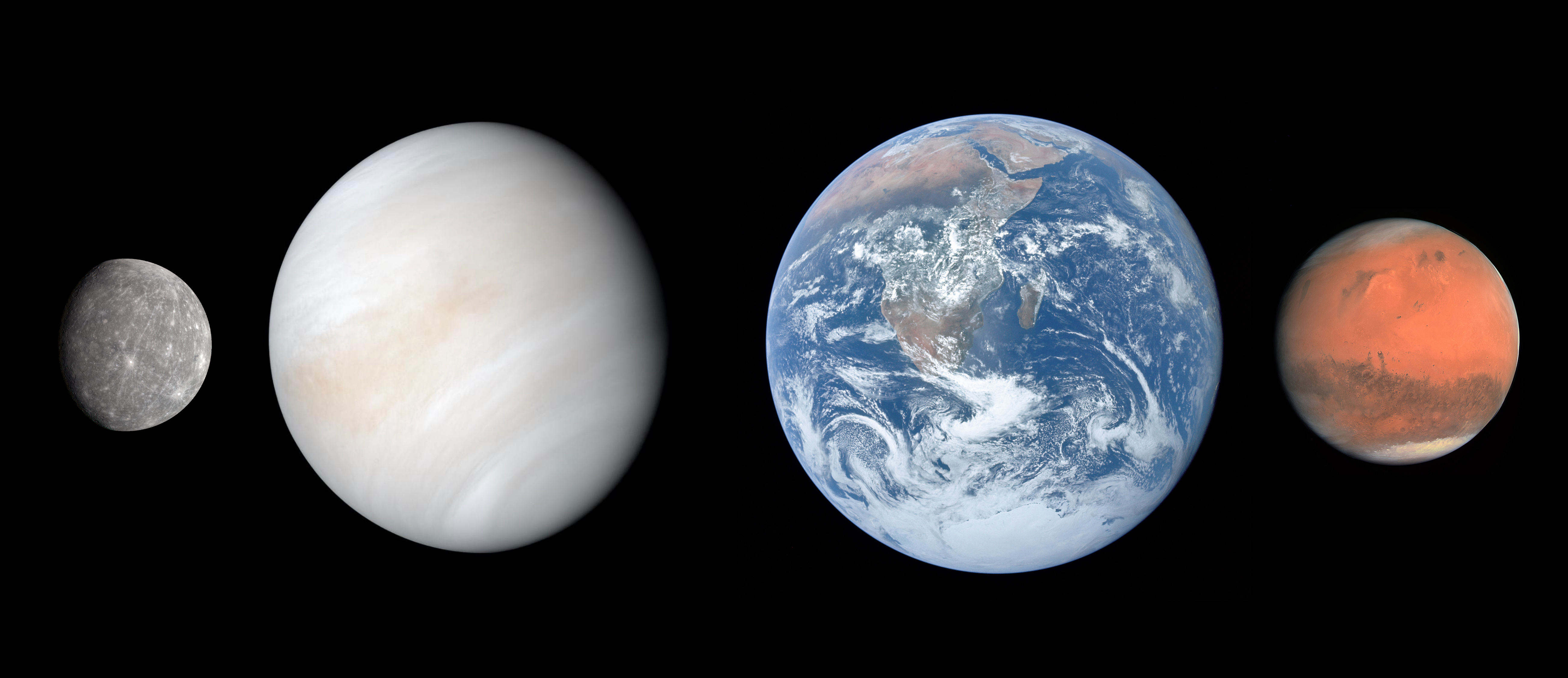|
HD 215497 B
HD 215497 b is an extrasolar planet which orbits the K-type main sequence star HD 215497, located approximately 142 light years away in the constellation Tucana. This planet has at least 6.6 times the mass of Earth. This planet was detected by HARPS The High Accuracy Radial Velocity Planet Searcher (HARPS) is a high-precision echelle planet-finding spectrograph installed in 2002 on the ESO's 3.6m telescope at La Silla Observatory in Chile. The first light was achieved in February 2003 ... on October 19, 2009, together with 29 other planets, including HD 215497 c. References Exoplanets discovered in 2009 Exoplanets detected by radial velocity Terrestrial planets Super-Earths Tucana {{extrasolar-planet-stub ... [...More Info...] [...Related Items...] OR: [Wikipedia] [Google] [Baidu] |
Constellation
A constellation is an area on the celestial sphere in which a group of visible stars forms a perceived pattern or outline, typically representing an animal, mythological subject, or inanimate object. The origins of the earliest constellations likely go back to prehistory. People used them to relate stories of their beliefs, experiences, creation, or mythology. Different cultures and countries adopted their own constellations, some of which lasted into the early 20th century before today's constellations were internationally recognized. The recognition of constellations has changed significantly over time. Many changed in size or shape. Some became popular, only to drop into obscurity. Some were limited to a single culture or nation. The 48 traditional Western constellations are Greek. They are given in Aratus' work ''Phenomena'' and Ptolemy's ''Almagest'', though their origin probably predates these works by several centuries. Constellations in the far southern sky were ... [...More Info...] [...Related Items...] OR: [Wikipedia] [Google] [Baidu] |
Terrestrial Planets
A terrestrial planet, telluric planet, or rocky planet, is a planet that is composed primarily of silicate rocks or metals. Within the Solar System, the terrestrial planets accepted by the IAU are the inner planets closest to the Sun: Mercury, Venus, Earth and Mars. Among astronomers who use the geophysical definition of a planet, two or three planetary-mass satellites – Earth's Moon, Io, and sometimes Europa – may also be considered terrestrial planets; and so may be the rocky protoplanet-asteroids Pallas and Vesta.Emily Lakdawalla et al.What Is A Planet?The Planetary Society, 21 April 2020 The terms "terrestrial planet" and "telluric planet" are derived from Latin words for Earth (''Terra'' and ''Tellus''), as these planets are, in terms of structure, ''Earth-like''. Terrestrial planets are generally studied by geologists, astronomers, and geophysicists. Terrestrial planets have a solid planetary surface, making them substantially different from the larger gaseous pl ... [...More Info...] [...Related Items...] OR: [Wikipedia] [Google] [Baidu] |
Exoplanets Detected By Radial Velocity
An exoplanet or extrasolar planet is a planet outside the Solar System. The first possible evidence of an exoplanet was noted in 1917 but was not recognized as such. The first confirmation of detection occurred in 1992. A different planet, initially detected in 1988, was confirmed in 2003. There are many methods of detecting exoplanets. Transit photometry and Doppler spectroscopy have found the most, but these methods suffer from a clear observational bias favoring the detection of planets near the star; thus, 85% of the exoplanets detected are inside the tidal locking zone. In several cases, multiple planets have been observed around a star. About 1 in 5 Sun-like starsFor the purpose of this 1 in 5 statistic, "Sun-like" means G-type star. Data for Sun-like stars was not available so this statistic is an extrapolation from data about K-type stars. have an "Earth-sized"For the purpose of this 1 in 5 statistic, Earth-sized means 1–2 Earth radii. planet in the habitable zo ... [...More Info...] [...Related Items...] OR: [Wikipedia] [Google] [Baidu] |
HD 215497 C
HD 215497 c is an extrasolar planet which orbits the G-type main sequence star HD 215497, located approximately 142 light years away in the constellation Tucana. This planet has at least one-thirds the mass of Jupiter and takes 568 days to orbit the star at a semimajor axis of 1.282 AU. This planet was detected by HARPS on October 19, 2009, together with 29 other planets, including HD 215497 b HD 215497 b is an extrasolar planet which orbits the K-type main sequence star HD 215497, located approximately 142 light years away in the constellation Tucana. This planet has at least 6.6 times the mass of Earth. This planet was detected by .... References Exoplanets discovered in 2009 Exoplanets detected by radial velocity Giant planets Tucana {{extrasolar-planet-stub ... [...More Info...] [...Related Items...] OR: [Wikipedia] [Google] [Baidu] |
Earth
Earth is the third planet from the Sun and the only astronomical object known to harbor life. While large volumes of water can be found throughout the Solar System, only Earth sustains liquid surface water. About 71% of Earth's surface is made up of the ocean, dwarfing Earth's polar ice, lakes, and rivers. The remaining 29% of Earth's surface is land, consisting of continents and islands. Earth's surface layer is formed of several slowly moving tectonic plates, which interact to produce mountain ranges, volcanoes, and earthquakes. Earth's liquid outer core generates the magnetic field that shapes the magnetosphere of the Earth, deflecting destructive solar winds. The atmosphere of the Earth consists mostly of nitrogen and oxygen. Greenhouse gases in the atmosphere like carbon dioxide (CO2) trap a part of the energy from the Sun close to the surface. Water vapor is widely present in the atmosphere and forms clouds that cover most of the planet. More sola ... [...More Info...] [...Related Items...] OR: [Wikipedia] [Google] [Baidu] |
Tucana
Tucana (The Toucan) is a constellation of stars in the southern sky, named after the toucan, a South American bird. It is one of twelve constellations conceived in the late sixteenth century by Petrus Plancius from the observations of Pieter Dirkszoon Keyser and Frederick de Houtman. Tucana first appeared on a celestial globe published in 1598 in Amsterdam by Plancius and Jodocus Hondius and was depicted in Johann Bayer's star atlas ''Uranometria'' of 1603. French explorer and astronomer Nicolas Louis de Lacaille gave its stars Bayer designations in 1756. The constellations Tucana, Grus, Phoenix and Pavo are collectively known as the "Southern Birds". Tucana is not a prominent constellation as all of its stars are third magnitude or fainter; the brightest is Alpha Tucanae with an apparent visual magnitude of 2.87. Beta Tucanae is a star system with six member stars, while Kappa is a quadruple system. Five star systems have been found to have exoplanets to date. The cons ... [...More Info...] [...Related Items...] OR: [Wikipedia] [Google] [Baidu] |
Light Year
A light-year, alternatively spelled light year, is a large unit of length used to express astronomical distances and is equivalent to about 9.46 trillion kilometers (), or 5.88 trillion miles ().One trillion here is taken to be 1012 (one million million, or billion in long scale). As defined by the International Astronomical Union (IAU), a light-year is the distance that light travels in a vacuum in one Julian year (365.25 days). Because it includes the time-measurement word "year", the term ''light-year'' is sometimes misinterpreted as a unit of time. The ''light-year'' is most often used when expressing distances to stars and other distances on a galactic scale, especially in non-specialist contexts and popular science publications. The unit most commonly used in professional astronomy is the parsec (symbol: pc, about 3.26 light-years) which derives from astrometry; it is the distance at which one astronomical unit subtends an angle of one second of arc. Defi ... [...More Info...] [...Related Items...] OR: [Wikipedia] [Google] [Baidu] |
La Silla Observatory
La Silla Observatory is an astronomical observatory in Chile with three telescopes built and operated by the European Southern Observatory (ESO). Several other telescopes are located at the site and are partly maintained by ESO. The observatory is one of the largest in the Southern Hemisphere and was the first in Chile to be used by ESO. The La Silla telescopes and instruments are located 150 km northeast of La Serena at the outskirts of the Chilean Atacama Desert, one of the driest and most remote areas of the world. Like other observatories in this geographical area, La Silla is located far from sources of light pollution and, like the Paranal Observatory, home to the Very Large Telescope, it has one of the darkest night skies on the Earth. History Following the decision in 1963 to approve Chile as the site for the ESO observatory, scouting parties were sent to various locations to assess their suitability. The site that was decided upon was La Silla in the southern p ... [...More Info...] [...Related Items...] OR: [Wikipedia] [Google] [Baidu] |
Star
A star is an astronomical object comprising a luminous spheroid of plasma held together by its gravity. The nearest star to Earth is the Sun. Many other stars are visible to the naked eye at night, but their immense distances from Earth make them appear as fixed points of light. The most prominent stars have been categorised into constellations and asterisms, and many of the brightest stars have proper names. Astronomers have assembled star catalogues that identify the known stars and provide standardized stellar designations. The observable universe contains an estimated to stars. Only about 4,000 of these stars are visible to the naked eye, all within the Milky Way galaxy. A star's life begins with the gravitational collapse of a gaseous nebula of material composed primarily of hydrogen, along with helium and trace amounts of heavier elements. Its total mass is the main factor determining its evolution and eventual fate. A star shines for most of its active life due t ... [...More Info...] [...Related Items...] OR: [Wikipedia] [Google] [Baidu] |
Main Sequence
In astronomy, the main sequence is a continuous and distinctive band of stars that appears on plots of stellar color versus brightness. These color-magnitude plots are known as Hertzsprung–Russell diagrams after their co-developers, Ejnar Hertzsprung and Henry Norris Russell. Stars on this band are known as main-sequence stars or dwarf stars. These are the most numerous true stars in the universe and include the Sun. After condensation and ignition of a star, it generates thermal energy in its dense core region through nuclear fusion of hydrogen into helium. During this stage of the star's lifetime, it is located on the main sequence at a position determined primarily by its mass but also based on its chemical composition and age. The cores of main-sequence stars are in hydrostatic equilibrium, where outward thermal pressure from the hot core is balanced by the inward pressure of gravitational collapse from the overlying layers. The strong dependence of the rate of energy ge ... [...More Info...] [...Related Items...] OR: [Wikipedia] [Google] [Baidu] |







